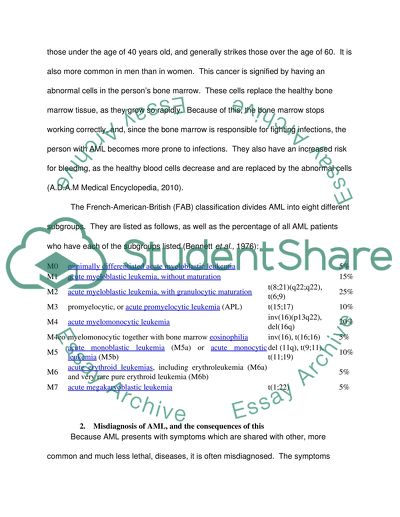Cite this document
(“Jaundice as a Presenting Complaint for Acute Myeloid Leukamia Essay”, n.d.)
Jaundice as a Presenting Complaint for Acute Myeloid Leukamia Essay. Retrieved from https://studentshare.org/health-sciences-medicine/1440738-jaundice-as-a-presenting-complaint-for-acute
Jaundice as a Presenting Complaint for Acute Myeloid Leukamia Essay. Retrieved from https://studentshare.org/health-sciences-medicine/1440738-jaundice-as-a-presenting-complaint-for-acute
(Jaundice As a Presenting Complaint for Acute Myeloid Leukamia Essay)
Jaundice As a Presenting Complaint for Acute Myeloid Leukamia Essay. https://studentshare.org/health-sciences-medicine/1440738-jaundice-as-a-presenting-complaint-for-acute.
Jaundice As a Presenting Complaint for Acute Myeloid Leukamia Essay. https://studentshare.org/health-sciences-medicine/1440738-jaundice-as-a-presenting-complaint-for-acute.
“Jaundice As a Presenting Complaint for Acute Myeloid Leukamia Essay”, n.d. https://studentshare.org/health-sciences-medicine/1440738-jaundice-as-a-presenting-complaint-for-acute.


